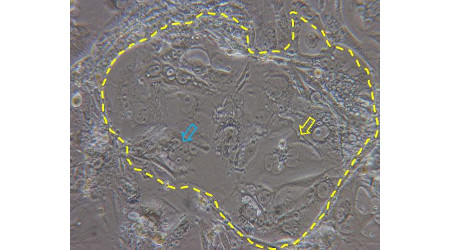This preliminary study aims to assess the efficacy and effectiveness of a free territorial service dedicated to smoking cessation in Italy. The medical records of these 86 subjects were then retrospectively reviewed, evaluating personal, clinical, tabaccological, psychological and motivational data to recognize among these possible predictive factors of treatment success. The analysis of these data showed that the female sex is most at risk of not reaching the status of former-smoker (OR 2.945 CI 95% 1.01 - 8.6, p 0.048) and the months of course attendance of the therapeutic course is the only positive predictor (OR 1.512 CI 95% 1.220 – 1.873, p 0.000). With multivariate analysis, gender lost significance while the months of course attendance of the therapeutic course remained significant (OR 1.802 CI 95% 1.199 – 2.706, p 0.005). More than 1 subject out of 4 (28.8%) quitted smoking during the first month. The percentage of subjects who stopped smoking remained elevated till the fourth month (24.2%), then progressively declined to 7.6% at the end of the protocol treatment (twelve months). By intend-to-treat evaluation, success rate reduced to 5.8%.






